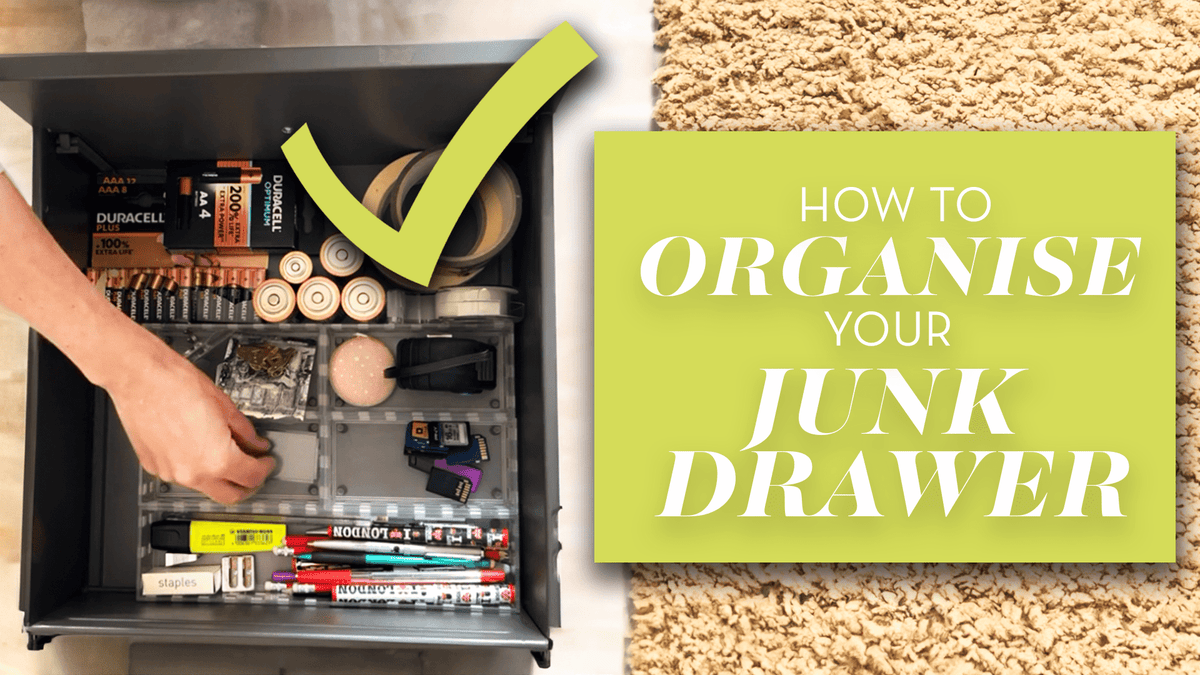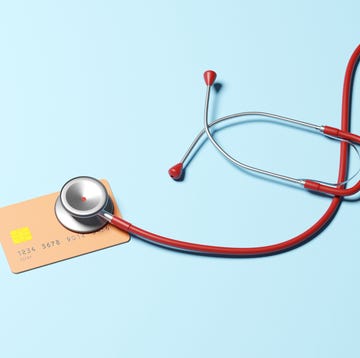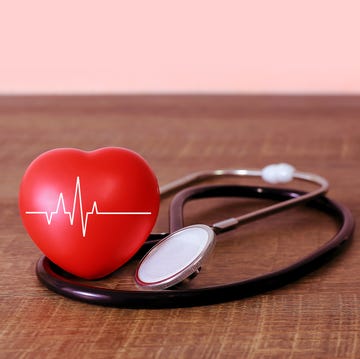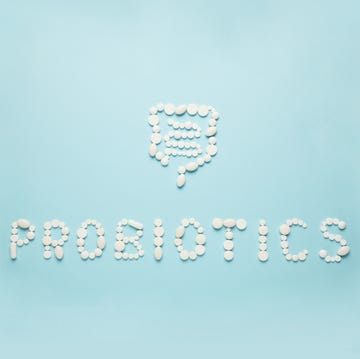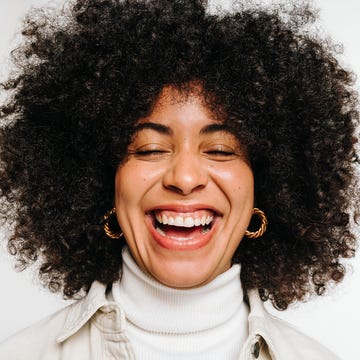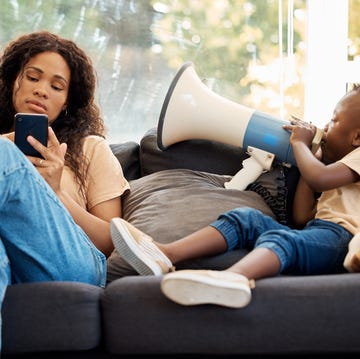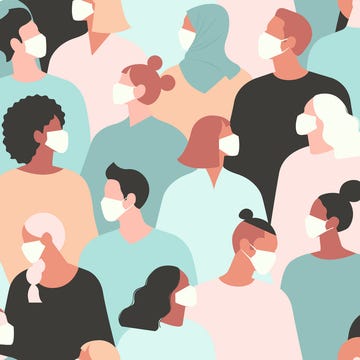It’s not easy being a teenager. Alongside rapid growth spurts, bodily changes, hormonal mood swings and acute self consciousness, adolescence can also herald acne – a skin condition characterised by painful, inflamed spots and oily skin.
I know only too well how painful – mentally and physically – acne can be. Not only did I suffer as a teen, but I’m now in the throes of watching my gorgeous 15-year-old daughter Martha try to cope with spots. And when I say spots, I mean so much more – red, sore bumps and unsightly whiteheads that spread over her shoulders and down her back, as well as being visible to the whole world on her face.
It's no joke – especially for teenagers, who are often crippled by a lack of self-confidence and desperately want to fit in. ‘Being a teenager is a vulnerable time for mental health,’ says consultant dermatologist Dr Tess McPherson, the clinical lead in paediatric and adolescent dermatology at Oxford University Hospitals and author of Skin Conditions in Young People. ‘We know it's a time of acute appearance-related concerns; teens are deeply self conscious, worry about other people, what peers think and how they look - a perfect storm which means acne, or anything that affects your skin, can have a huge impact on mental health and psycho-social functioning.’
What to read next
Martha would spend hours washing her face (far from ideal in a one-bathroom family home) and pouring over YouTube videos on how to get rid of spots; she’d then apply heavy make-up in an attempt to cover up her skin. The whole shebang meant she was up at 6am when we didn’t leave for school until 8am… and the process would be repeated at night, only this time the focus would be on meticulously removing every last speck of foundation.
Finding the right treatment for acne
We tried many over-the-counter remedies (the benzoyl peroxide-containing Acnecide being the most effective), but finally admitted defeat went to see our GP. Happily, our lovely doctor was marvellous and - after a slow start - we haven’t looked back. He prescribed a topical cream called Epiduo (which combines the retinoid adapalene with anti-bacterial benzoyl peroxide). When this failed to work, he prescribed a course of antibiotics; and when those had no impact either, he prescribed the contraceptive pill, which she used in conjunction with Epiduo.
Hallelujah, her spots began to clear up – and on holiday this summer, she proudly showed off her blemish-free shoulders and back and went bare-faced every single day.
Martha isn’t alone in her struggles. According to a new study in the British Journal of Dermatology, the UK is ranked eighth in the world for cases of teenage acne, with 14.65% teenagers and young people diagnosed last year, compared to 13.57% in 1990. So what’s triggered the rise?
The study authors link the increase to lifestyle factors like diet, stress, obesity rates, increased exposure to pollution from urbanisation, or simply a greater likelihood of seeking treatment.
‘While many people manage acne themselves using over-the-counter treatments, it is also a common reason for seeing a GP or a dermatologist,’ says Prof Michael Ardern-Jones, the academic vice-president of the British Association of Dermatologists (BAD). ‘Acne is a common condition, but it can be severe. Friends and family have an important role to play, as do health professionals in providing emotional support, as it can have a negative impact on mental health, especially for teenagers.’
In fact, the BAD estimates that the true number of adolescents – both boys and girls - with acne in the UK is closer to 95%, as many people self-manage their treatment. ‘Having spots is a normal part of being human, particularly part of being a teenager, but obviously having significant spots, having lots of inflammation, and having scarring should be addressed, managed and supported,’ says Dr McPherson.
So how can parents can help teenagers with acne?
- 'Don’t judge; be supportive and listen,’ says Dr McPherson. ‘I see some parents who will put the blame on the young person, and that's really not helpful. Perhaps they believe their teen is getting spots because they're eating this, or they're not doing this, or they're not washing. Having acne doesn’t mean you are a dirty person or you eat bad food. And wearing make-up, especially if it gives you confidence, is fine – just wash it all off at night.'
- Offer reassurance - and perspective. There's no such thing as perfect skin, and getting some spots is normal. Let them know that getting bad spots or acne is not their fault, and that help is available.
- Try over-the-counter remedies. A face wash that's slightly acidic can be helpful for spot-prone skin. And you can buy over-the-counter benzoyl peroxide, which is a cheap and effective treatment.
- Apply topical treatments correctly. Begin by using the products every other night or even once or twice a week as they may cause dryness and redness; then build up the contact time. And apply in a thin layer wherever you get spots, rather than just on the actual spots.
- Give it time. Teens tend to want instant fixes, but you actually see the maximum benefits of many of these treatments – either prescribed or over the counter – in about 10 to 12 weeks.
- See a medical professional for more extensive, inflamed spots, marks or scarring. There are many things that can be done and treatments that are effective, and we have very good guidance in place. For females, the contraceptive pill can be helpful. Antibiotics might be prescribed to reduce inflammation and can be very helpful for some people, but staying on them for longer than six months is not advisable. Isotretinoin (Roaccutane) is only described by dermatologists, and that is an effective treatment for many people with significant acne, and has a sustained impact. Many, many patients really do have life changing improvement on this treatment.’
- Remind teenagers that there is no such thing as perfect skin, and getting some spots is normal. But getting bad spots or acne is not their fault, and if they are struggling, there is lots of help available.’

